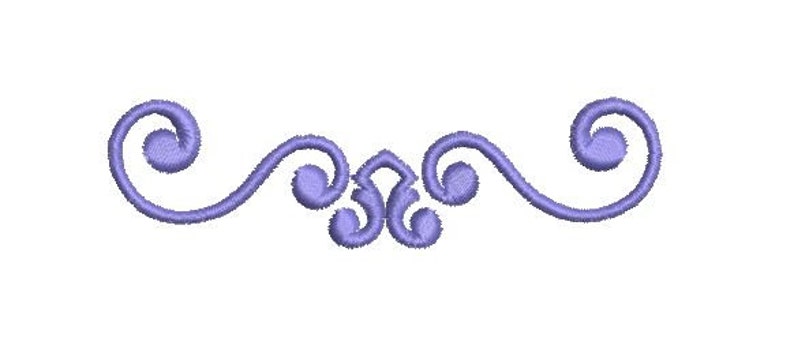


The product page for a website devoted to zero-waste living uses horizontal lines as visual dividers to clearly organize different information about the item. The mobile version of the Nonconventional Show website uses lines to divide different sections in the menu. Too many lines can overload the screen with visual noise and create unnecessary visual tension. What’s more, it is recommended to use lines only if the content cannot be effectively divided in another way. So, quite often, designers strive to find other ways of content separation. On the other hand, this type seems to be super simple and far from original. They are recognized easily in this role, so users won’t need to think twice. Lines have belonged to the top methods of separating the pieces of content since time immemorial, both in print production and in digital interfaces. Starting with the visual part, there are five basic and broadly used methods of dividing content in user interfaces: Talking about dividers, we can analyze them in two aspects: their appearance and their functions. For example, with them, users can easier define the relations of content, like if the pieces of content are the same, similar, or related if any of them is subordinate to the others, etc.ĭividers are also important for usability: in many cases, they create visual containers that look clickable or tappable, which is particularly crucial for mobile interfaces.

Together with other elements on the page, dividers play a great role in setting up a solid visual hierarchy. This way, it helps a designer organize the page according to the typical patterns of visual perception and makes the layout clearer and more digestible for users. Visual divider is a layout element that helps to separate pieces of content into clear groups, sections, options, or parts. Let’s check how visual dividers work and what types of them are popular. Our today’s article is devoted to visual dividers, the layout elements that help to organize content on the screen and separate its parts clearly. Following simple steps on or offline, or even on your tablet, you can easily add a logo, photos, text or even a barcode to your design.The thoughtful design of content performance in web and mobile user interfaces means much for amplifying the utility and usability of the product. Whether you need to run a mail merge, send a package to an old friend, create fun stickers, some new business cards or you simply need some smart labels to organise your office or home, Avery Design & Print can help you make them look great and print easily. Design & Print enables you to create beautiful looking labels, cards and transfers to suit any occasion. Here you’ll find all sorts of inspiring pre-designs, templates and creative tools.
#Simple divider design for card software#
To get the most out of Avery products we recommend using our free Design & Print Software available online or as a desktop download at .uk/print. We have been developing template and software solutions for over 20 years and we offer various free tools to help you print including Design & Print software, templates for Microsoft Word, downloadable Avery Wizard for use with Microsoft® Office® and apps for tablets and mobiles. Printing is easy with free software from Avery. Each divider pack comes with a contents sheet to enable easy referencing and can be printed on both laser and inkjet printers making organisation a lot easier. These dividers are made from FSC certified paper from responsibly-managed forests, are printed A-Z and are unpunched for using with comb or spiral bound documents. Mylar dividers have both reinforced holes and numbered or lettered tabs for extra strength so you can use them time and time again. You can customise the table of contents with free design and print online software.
#Simple divider design for card professional#
Need a simple yet professional organising system? Bright white Mylar dividers are the solution.


 0 kommentar(er)
0 kommentar(er)
